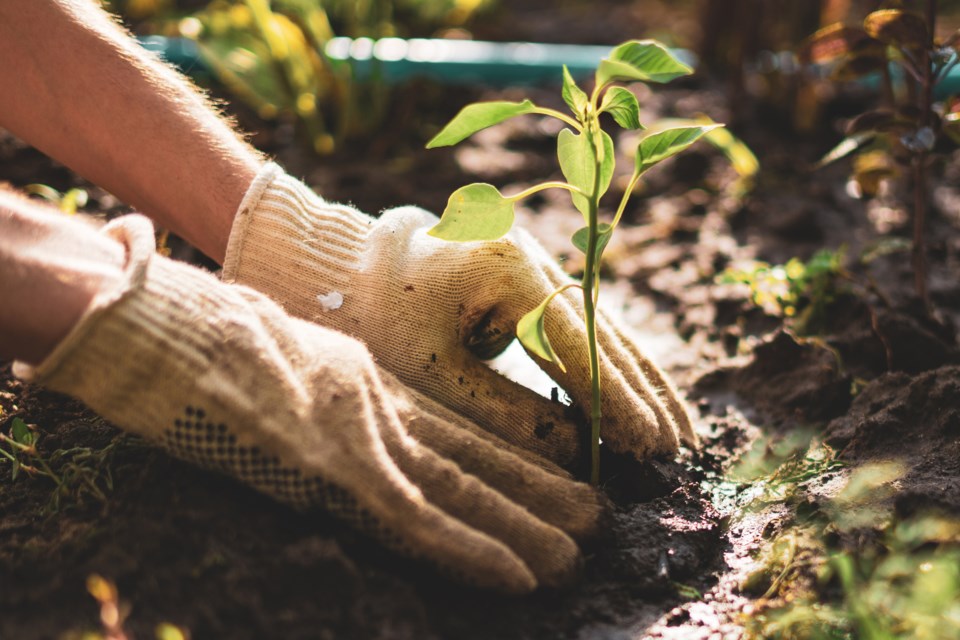The effects of a cool, wet start to the season can be mitigated with a few cultural practices. First, the garden soil should have some organic material added every year. Organic materials such as compost, aged animal manure and peat moss bind soil particles to create the spaces that allow air and moisture to pass through. This provides better drainage and, at the same time, makes the soil more moisture retentive. Organic material stores nutrients and feeds microorganisms and other soil life. This soil life in turn makes nutrients available to plants. As organic material is used by soil life, it is a good practice to replenish it regularly.
Drainage can also be improved by planting in raised beds. This encourages deeper root growth. During dry spells, more watering may be required, but water will also move from deeper levels in the soil up into the root zone depending on the level of the water table.
Cold frames have been in use for a long time to provide a warmer environment for seedlings in containers and for early crops. They can be built using lumber with glass or plastic for the cover, they can be purchased as kits to build, or purchased pre-made. But there are also simpler ways to warm the soil and keep young plants warmer. Covering the soil before planting with row covers, a tarp, or even large plastic garbage bags will warm the soil for seeds requiring warmth such as beans, cucumbers and squash. It doesn’t matter if the cover is clear, black or coloured; the soil will be warmed even if there is no sunshine. Using row covers on the seedlings will keep the soil warm and promote growth.
Row covers provide additional benefits. They will prevent root maggots by keeping flies from laying their eggs at the base of the plant, and they will keep flea beetles and other insects at bay. When applying floating row covers or tunnels with hoops, it is important to allow space under the cover for plants to grow and edges completely pushed into the soil without gaps. This can be done with a flat trowel and the use of earth stables or pegs, especially at the corners and at intervals, to keep our fierce winds from blowing the cover away. Covers must be removed for plants that require pollination as soon as the plants are ready to bloom.
Planters are another way to provide a warmer environment. Large enough drainage holes are essential. The larger the planter the better, to prevent drying out too fast.
Growing a variety of vegetables assures some successes, whatever the weather throws at us. Happy harvesting!




